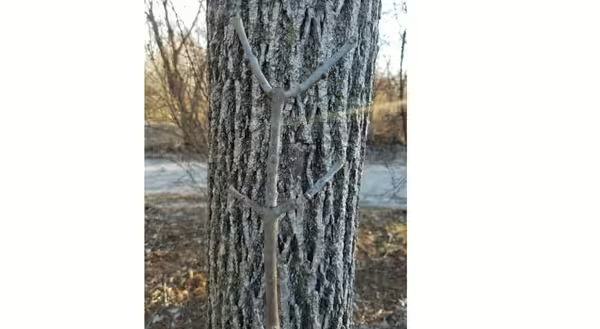
Trees represent some of the most long-lived vegetation in the landscape. As such, these perennial, woody plants are also some of the highest valued plant material in our yards, parks, and urban areas. Tree identification is an important first step in understanding the care of these invaluable plants that often take an entire human lifetime to develop into the mature, cathedral-like shade trees that line our city streets and shade our homes.
However, tree identification can be a tricky business, especially when most of these towering tenants of the landscape shed their foliage for winter leaving many of us without the slightest idea of where to start. Thankfully, there are some very basic characteristics that can begin to unravel the puzzle. When combined with one of the many excellent tree identification guides for our area, you can become the arboreal detective of your neighborhood, solving many a mystery down to species.
Branch Arrangement
Branch arrangement is one of the first clues to observe on any woody plant. It is easily identifiable year-round because leaves, buds, and twigs all hold the same pattern on each tree species. typically recommend starting with twigs, as they are often the easiest to observe any time of the year. If you can reach a lower limb, this characteristic is easy to see, but larger trees may take some careful study from the ground. Use a pair of binoculars to help see the tiny twigs above, if needed.
All deciduous trees fall into three basic categories of branch arrangement:
- Opposite: In the case of opposite branch arrangement, twigs develop directly across from each other on each limb. This characteristic is easily observable on all our native ash and maple species.
- Alternate: Alternate branch arrangement would display twigs that are not directly across from each other on the limb, with each arising from its own distinct location.
- Whorled: Whorled arrangement is characterized by three or more leaves or buds occurring radially at the same growing point along the stem, which requires closer study of twigs. Luckily, we really only have one native tree with whorled arrangement, the northern catalpa (Catalpa speciosa), and its distinctive seed pods typically provide the best identification. It isn’t called the ‘cigar tree’ for nothing!
I always recommend observing two or three instances of branch arrangement at separate locations throughout the canopy before making a determination. Also, be wary of twigs right at the branch tips as they sometimes are crowded together on the newer growth, creating a deceiving appearance.
Buds and Fruits
If you are lucky enough to observe opposite or whorled arrangement, the number of possible species is whittled down to just a handful. However, the vast majority of our trees are alternate, which will require additional study for identification down to species.
The next best characteristics to look for are buds and fruits. I can almost always find some trace of tree fruit on the ground, even in the most manicured of landscapes. Many of our native tree fruits are fairly easy to distinguish with a good guidebook in hand.
Although some buds are quite distinctive, many require a basic vocabulary of botanical terms to identify with a guidebook, requiring some additional study to master. With all tree identification skills, practice makes perfect and the best practice is out in the field with live specimens.